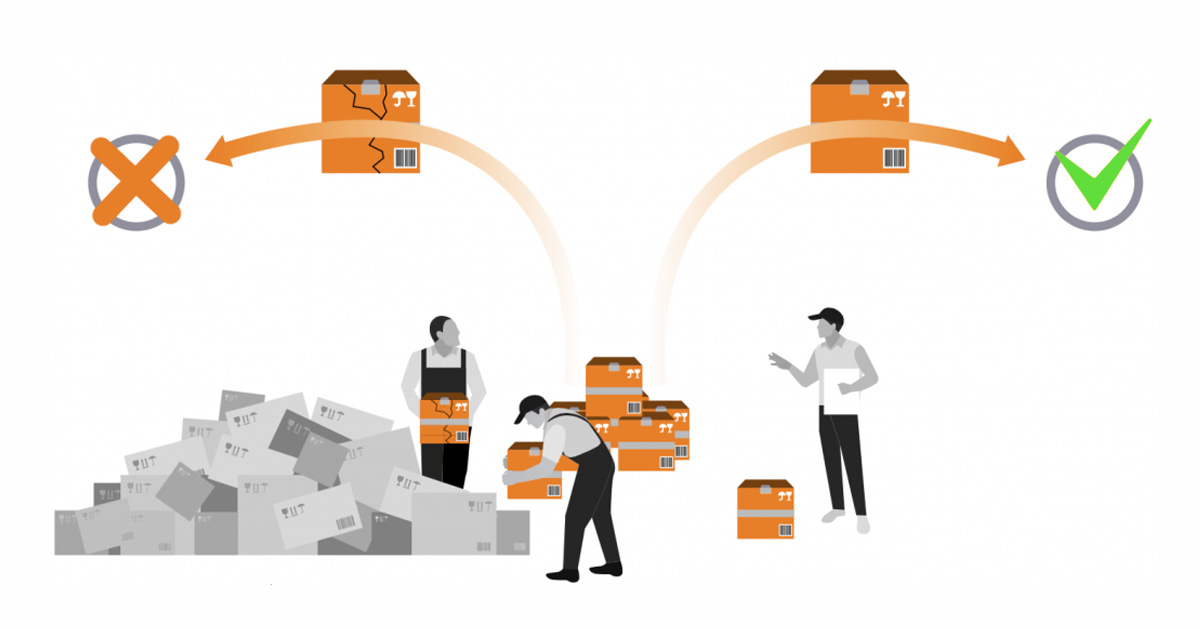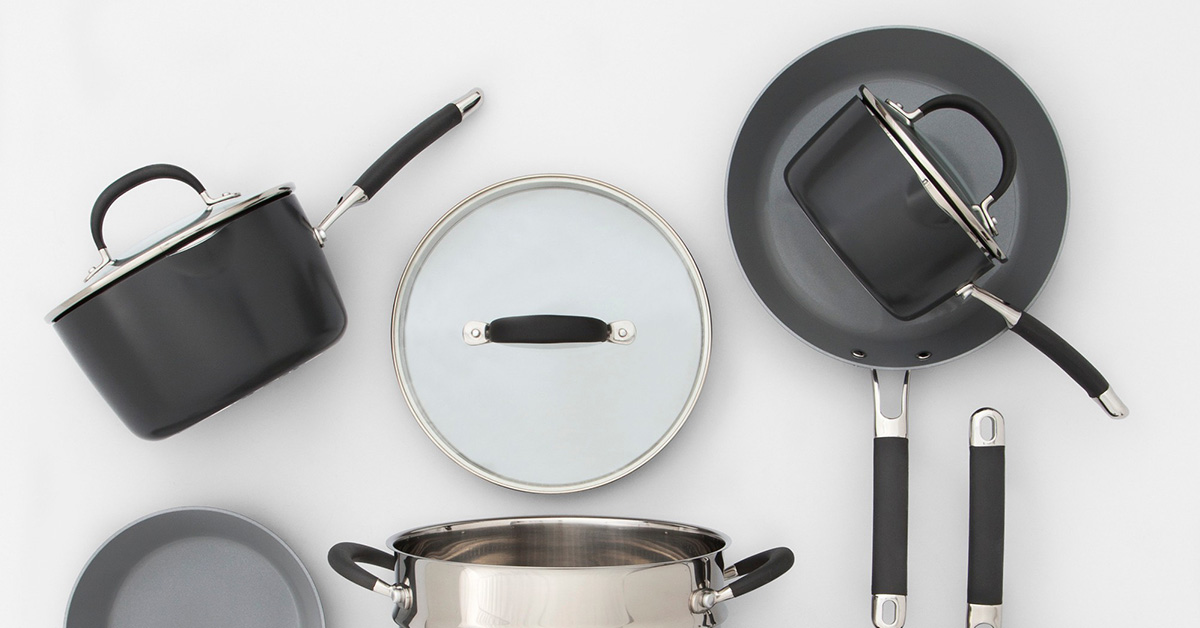Quality control in China: organisation details
Quality control inspection is the best possible way to make sure that the quality of your product meets your expectations. The goal is to find defects and avoid their recurrence in future orders.
Pre-shipment inspection framework
Upon receiving the request for a pre-shipment inspection we negotiate all the details with the supplier. At the appointed time the inspector arrives at the factory. He makes photos of the production site, meets your manager and the head of the factory. After that he examines the goods for compliance with Amazon standards – the presence of all the necessary labels, barcodes, dimensions, weight and quality of the cartons.
The next stage is the inspection of the product itself. The items are taken randomly from different cartons. The main purpose is to identify potential problems and provide accurate data about it, so that the supplier could address them.
LIVE inspections
We perform pre-shipment inspections in China in LIVE mode. The inspector sends you detailed photos and videos of the product and discovered defects in real time via a messenger application. He is online during the course of inspection and will answer all your questions. This way you can have full control over the whole process and be aware of the real state of affairs with your goods. You can make your own decision whether to accept or reject the goods on the spot, without having to wait for a written report.
We perform QC inspections in accordance with the needs and requirements of each client. For example, if shoppers complain about any specific defect, our inspector will identify its causes and find the best ways to eliminate them.
Types of defects and sample size
The conduct of inspection depends on the following two factors:
1. Production method
There are basically three main methods of producing goods in China: automated, partially automated and manual manufacturing. The production method determines the nature of potential defects.
Automated manufacturing
All items in the batch usually have similar quality, because they are produced under identical conditions and on the same equipment. The only exception would be some malfunction or faulty operation of the machinery, leading to certain systematic defects.
If such production flaws are identified among the inspected samples, a certain percentage of items it the batch would have it as well. This statement is also true for the opposite situation: if the inspected samples do not have any production defects, the rest of the items would also be fine.
Therefore, the inspection of 50-80 items from the batch is generally enough to draw a conclusion about the overall quality of the goods.
Partially automated or manual manufacturing
The use of manual labor increases the risks of various random defects due to human errors, especially in the absence of thorough internal quality control at the factory.
This is particularly evident in Textile manufacturing. A lot of manual work is usually involved in the process, leading to such common handmade production defects as skipped and irregular stitching, uncut threads, loose buttons, and so on.
In case such flaws are found and the client considers the defect rate to be too high, the whole batch may be returned to the supplier for corrections.
2. Product type
Any quality control inspection requires a specific approach depending on the type of product due to the nature of possible defects. For example, during a kitchen knives inspection the major attention is given to the following points:
- Blade polish quality, texture and color homogeneity.
- Sharpness of the blade, absence of any defects on the cutting edge (chips, notches).
- Toughness and ductility of the blade.
- Handle quality, absence of any chips, cracks and other defects.
- Fitting of the handle to the blade: the handle should not be loose or flexible.
Percentage of inspected items
The quantity of inspected items depends on the following factors:
- Total quantity of the items in the batch.
- Technical complexity of the items.
For example, consumer electronics inspections are usually more time-consuming. The inspector has to test functionality of the items in addition to the examination for external defects and overall quality.
Normally we aim to inspect 5-10% of the total amount of the goods. In any case, the inspector won’t leave the factory without providing a complete picture of the state of affairs with your shipment.
More topics on Quality Control Inspection services

Factories vs reseller companies
How to tell a real factory from a trading company in China Reseller companies in China often present themselves as manufacturers. After receiving an order for production, they pass it to some factory, often being oriented towards the domestic market and having very...

AQL Standard in Quality Control inspections
Is AQL the most effective Quality Control method?AQL (Acceptance Quality Level) is a widely adopted Quality Control standard. It is used to determine how many units should be inspected and how many defects are acceptable during the inspection.The defects are usually...

How do we perform LIVE quality control inspection in China?
What is really happening at a Chinese factory? LIVE quality control inspection in China is an innovative service for Amazon FBA sellers. Check out our video to see how it’s done! Normally the client gets all the information about the inspection results...

Stainless steel cookware inspection in China
Quality control inspection services by FBAHELP FBAHELP performs quality control inspections of a wide range of products in China, including stainless steel cookware. Stainless steel cookware QC inspection includes the following steps: Checking for any...

Pre-shipment inspection in China
Types of defects and sample size The nature of potential defects and the percentage of inspected items There are basically three main methods of producing goods in China: automated partially automated manual manufacturing The production method determines...


